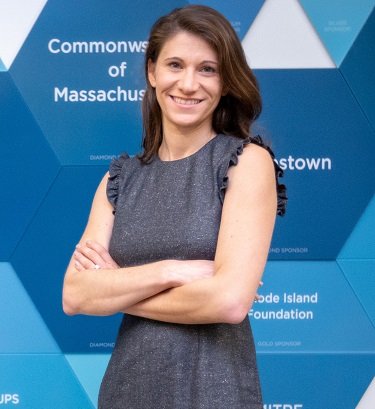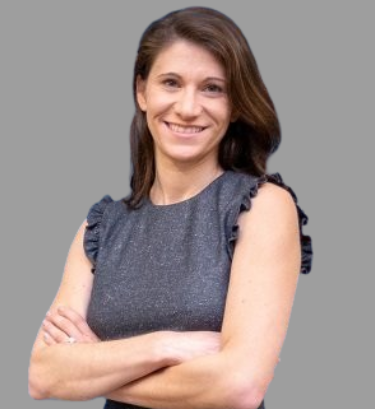Combating Depression
As a successful female entrepreneur, Talia Cohen Solal is an extremely driven, compassionate, and curious individual. As the CEO & Co-Founder of Genetika+, a biotech start-up specialized in developing new tools for personalized medicine in major depression, she is advancing treatment in a much-needed space. In this interview, she speaks on a range of topics – from a unique scientific approach to depression treatment, to her journey from academic to entrepreneur, from challenges faced in the industry, to her passion for entrepreneurship. Here are some excerpts from the interview:
The Story Behind Genetika+
Talia attributes a situation in her family as the spark that ignited her interest in mental health early in life. “From a young age, I watched a close family member struggle with depression. This sparked my interest in mental health, and my desire to help those that suffer from these issues. I have an extensive academic background, throughout which I focused on mental health disorders and their underlying causes.” As an undergraduate in genetics and neurobiology at Oxford University, followed by a PhD at UCL, she studied the underlying causes of mental illness. “I focused on the molecular and cellular mechanisms of schizophrenia, major depression, and bipolar disorder during my postdoctoral fellowship. During this time, I realized that these disorders were not the same for every person. Each individual is unique in their disease in terms of etiology and manifestation and it has long been shown that different people respond to different medications and thus should be treated accordingly.” She adds that when she moved to Israel in 2017, the ecosystem of the startup nation allowed her to take the risk and start Genetika+ based upon these foundations.
Genetika+’s Solution
With depression affecting over 300 million people world-wide, Genetika+ is persistently working to develop personalized solutions to combat this debilitating disorder. The startup uses biological data, genetic testing and medical history to develop personalized depression treatments for every patient, to help them recover better and faster. This is achieved by predicting which medication will work for an individual patient, based on their personal biology. “We do this through a simple blood test, followed by generating a “brain in a dish” screening model. By combining these results with the personal and genetic data of the patient, it allows us to tailor our prediction and recommend the right medication for the patient. This also removes the need for the trial-and-error component of depression treatment, which can result in a patient suffering for months before finding the correct treatment for them”, explains Talia.
Healthcare Technology Innovation
Talia observes that the healthcare industry has the advantage of possessing incredible technologies that allow us to not only discover the mechanisms of diseases, but also how to treat them in a personalized and targeted manner. “There is a huge wealth of knowledge just waiting to be tapped into, and I feel that the future of healthcare technology is bright and exciting.”
Challenges Galore
“The length of time taken to develop a new medical treatment can often take upward of 15 years from start to finish. This results in many people suffering unnecessarily for many years, or even losing their life,” rues Talia. “This is not because there is no solution, but because we weren’t able to identify the right solution for that individual patient, nor were we putting enough resources into the challenge”, she adds.
The health professional cites a recent example of how the global health industry quickly responded to the COVID-19 pandemic. “With a global effort and a unified goal, scientists and medical professionals were able to develop, produce, test, and distribute a vaccination in a matter of months. On top of this, the efficacy of the vaccine is outstanding,” she lauds.
Most Memorable Moments of Success
“Watching our team grow and being able to bring on amazing talent who are also inspired by our mission is very satisfying.”
A Word of Advice
“Bury your pride and focus on the reward” she tells young entrepreneurs. “Perseverance is important, whether it means continuing through the “no’s” or finding the courage to say no and keep searching.” shares Talia.

Company: Genetika+
Website: www.genetikaplus.com
Management: Talia Cohen Solal, CEO & Co-founder
Founded Year: 2017
Headquarters: Jerusalem, Jerusalem
Description: Genetika+ is developing a personalized medical testing tool to better treat depression by helping physicians find the best drug therapy for their patients.




